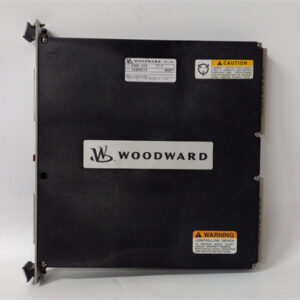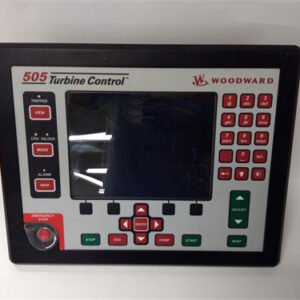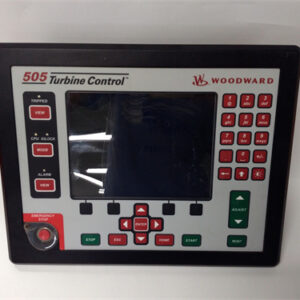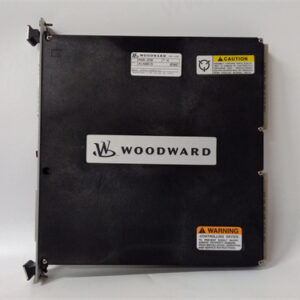الوصف
The Woodward 8404-7302 is a specific part number within the L-Series of integrated engine control systems. Like other models in this series, it’s a compact, integrated solution, but this one is configured as an L-Series Trim Valve for process control, focusing on precise air or fuel flow management.
WOODWARD 8404-7302: L-Series Trim Valve for Process Control (25 mm, Sealed)
The Woodward 8404-7302 represents a configuration within Woodward’s L-Series that functions as an L-Series Trim Valve. It’s designed for process control applications, often for fine-tuning fuel or air flow in an engine system, and features a slightly larger valve diameter than the 8404-7301.
Product Overview
- Product Type: Electro-Hydraulic Trim Valve / Process Controller
- Manufacturer: Woodward
- Series: L-Series
- Function: Primarily designed for process control, such as precise air/fuel ratio (AFR) management, by trimming (fine-tuning) fuel or air flow.
- Valve Diameter: Features a 25 mm valve bore, indicating its suitability for specific flow rates in an engine’s fuel or air system, typically for slightly higher flow capacity than the 22mm variants.
- Design: Microprocessor-based control integrated directly into the valve assembly.
- Key Features: Sealed design, default parameters, and capable of accepting various input signals (e.g., CAN, 0-5 V, PWM).
Detailed Description
Unlike the L-Series Integrated Throttle Bodies (ITBs) that manage primary airflow for speed/load control, the 8404-7302 is an L-Series Trim Valve. This means its role is to provide secondary or fine adjustments to a specific flow within an engine system, often as a component of a sophisticated engine management strategy.
Key characteristics of this L-Series Trim Valve include:
- Process Control Focus: This unit is specifically designed for advanced process control, most commonly for precise air/fuel ratio (AFR) control. In many modern gaseous engine applications, an AFR trim valve is essential for optimizing combustion efficiency, minimizing emissions, and adapting to varying fuel qualities or engine loads.
- 25 mm Valve Bore: This specific diameter indicates the flow capacity of the valve, making it suitable for particular engine sizes or for trimming a specific portion of the overall fuel/air flow, offering slightly more capacity than the 22mm models.
- Integrated Controller: The microprocessor-based control is embedded directly into the valve body. This compact integration simplifies installation, reduces wiring, and improves overall system reliability by eliminating external drivers or control boxes for this specific function.
- Sealed Design: The “Sealed” characteristic suggests enhanced protection against environmental elements like moisture, dust, and vibration, making it highly durable for harsh engine environments.
- Programmability: Like other L-Series components, the 8404-7302 is highly configurable via Woodward’s PC-based service tool software. This allows for precise calibration and tuning of the valve’s response to achieve desired process outcomes.
- Input Signal Versatility: It can accept various command signals, such as CAN (Controller Area Network) commands, 0-5 Vdc analog signals, or PWM (Pulse Width Modulation) signals, making it adaptable to different electronic control architectures.
- Robust Construction: Designed to operate reliably in the demanding conditions of engine environments.
Applications
The Woodward 8404-7302 is ideally suited for:
- Gaseous Engine Air/Fuel Ratio Trimming: Used to provide fine adjustments to the fuel or air mixture, ensuring optimal combustion and emissions performance, especially in lean-burn or rich-burn gaseous engines.
- Emissions Control Systems: An integral part of systems designed to meet stringent exhaust emission regulations.
- Fuel Blending Systems: For applications where different fuel types are blended, this valve can precisely control the proportion of one fuel.
- Industrial Power Generation: Employed in engine-generator sets where precise control of combustion parameters is critical for efficiency and grid stability.
Related Products/Series
The Woodward 8404-series encompasses a wide range of L-Series components for engine management. Other related part numbers in this series include:
- 8404-7301: Another L-Series Trim Valve, typically with a 22 mm bore.
- 8404-2061: This is an L-Series ITB (Integrated Throttle Body) with a 25 mm bore, also for process control and sealed. While both are 25mm and sealed for process control, the 8404-7302 is specifically referred to as a “Trim Valve,” implying a different mounting or application focus compared to a full “Integrated Throttle Body.”
- 8404-72XX series: These are L-Series Integrated Throttle Bodies (ITBs) (e.g., 8404-7207, 8404-7208), which control primary air flow for overall speed/load management.
- 8404-20XX series: These include other L-Series ITB units for position or speed control (e.g., 8404-2033), also with integrated throttle bodies but potentially different control philosophies or features.

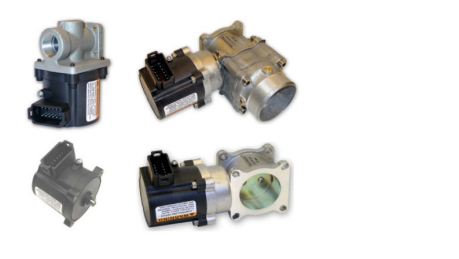

 +86 15340683922
+86 15340683922 +86 15340683922
+86 15340683922